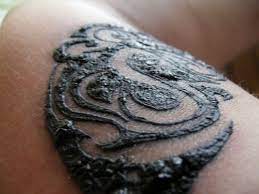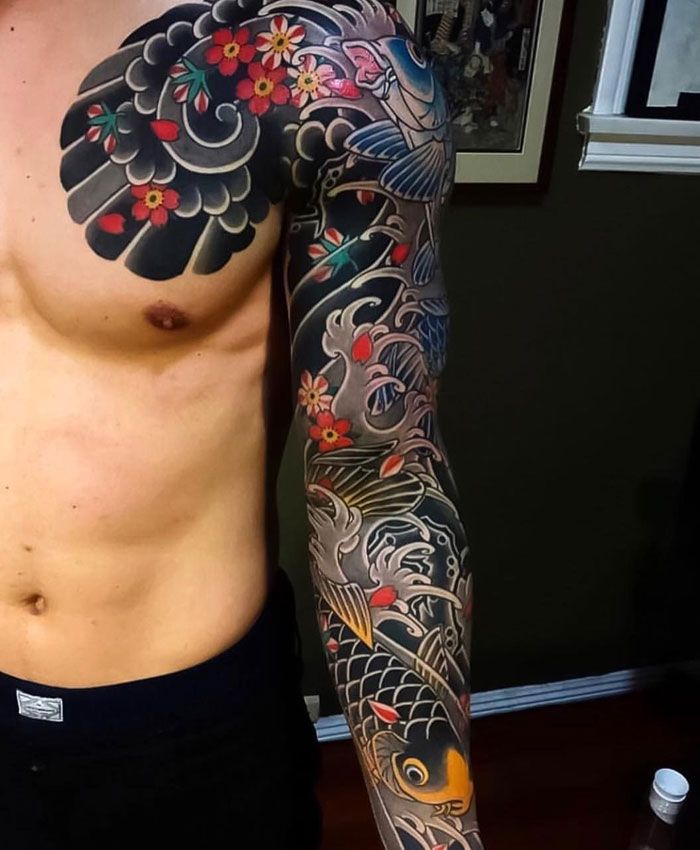
Tattoo Appearance: As your tattoo heals, it may appear less vibrant. This is normal and should improve within a few days.
Proper Care: During the first few days, taking appropriate care of your tattoo by cleansing and moisturizing it is essential. Wash the area twice a day without over-washing. Hydrate the skin around the tattoo to aid healing and prevent dryness or cracking.
Peeling
Average Peeling: It is normal for a tattoo to peel as it heals. Excessive peeling should be addressed immediately to prevent damage to the skin and tattoo. Swelling, redness, itching, or feeling hot should also be treated promptly.
Natural Healing Process: After about a week, the tattoo will start to scab over, and the scab will gradually peel away to reveal healed layers beneath. Dead skin cells may make the tattoo appear faded or muted initially. Keep the skin soft and hydrated for faster healing.
Discoloration
Standard Issue: Discoloration, or changes in the tattoo’s hue, is expected during healing. It may affect the appearance and hinder proper recovery.
Melanin and Skin Tone: Fluctuations in melanin levels can cause different body parts to have different skin tones or discolorations. Injuries like burns or wounds can also cause darker spots on healed skin.
Identifying the Cause: Understanding the source of discoloration is essential for seeking appropriate treatment. People with vitiligo may experience discolored spots due to this condition.
Infection
Standard Issue: Infection is a primary concern during tattoo healing. Bacteria entering the open wound can cause redness, swelling, inflammation, and an itchy rash around the tattoo.
Seeking Medical Assistance: If symptoms persist for more than seven days, consult a physician for antibiotics. Some infections may require longer-term treatment. Itching or pus may indicate a more serious bacterial infection called septicemia, which requires immediate medical attention.

